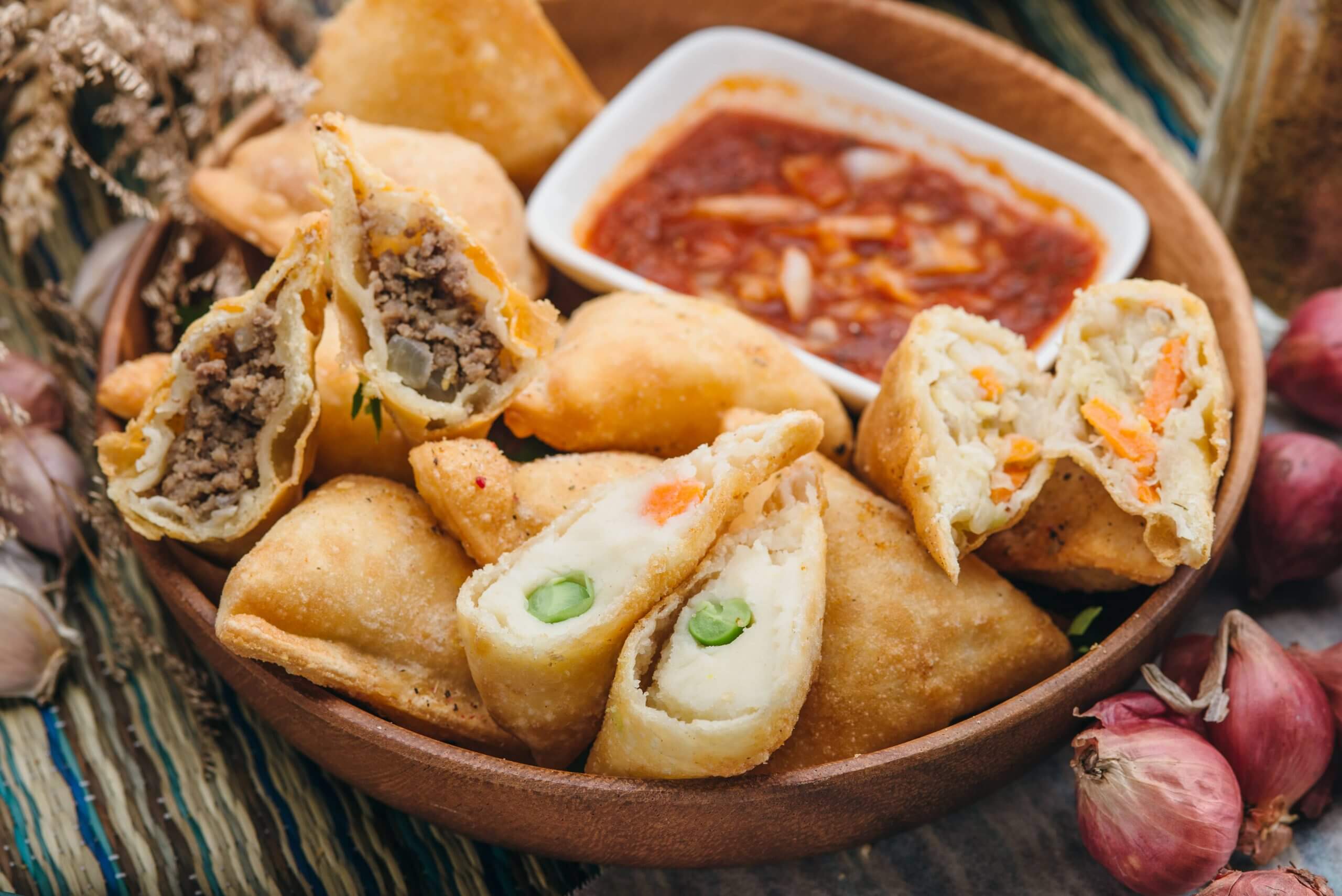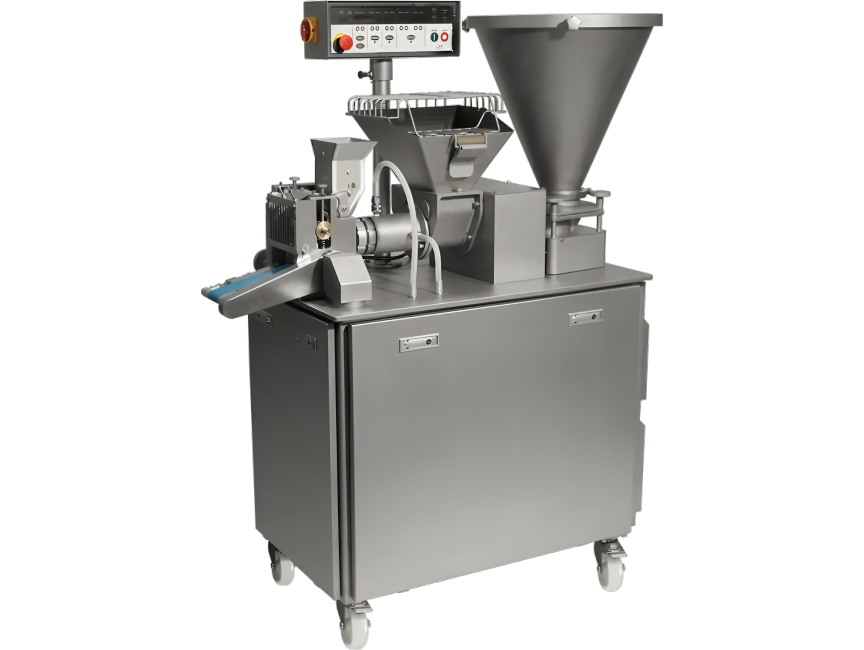Samosa is originated from Middle East and Central Asia then spread to India, South East Asia and Africa. A samosa is a small fried or baked dumpling with savory fillings. Rich with spices, the fillings contain onions, all kinds of beans, meats and potatoes. Samosa has not only all sorts of ingredients and flavors but different shape and forms. Triangular, cone, or half-moon shapes, samosa is made into different shapes depending on the region and culture it was in. In India, samosa usually served with chutney, fresh mint or coriander as entrée, appetizers or snacks. The emigration and cultural diffusion from these areas results to variants in other regions and called by different names. In Bangladesh, samosas are filled with nuts or guts while some are dipped with syrup or accompanied with yogurts. Made from unleavened dough, the thin wrapper will be fold and sealed by pressing the edge shut, or by fork. There are various ways to fold a samosa and the folding patterns differ. In order to create a samosa not only taste like handmade but also look like handmade, Hundred Machinery developed different samosa molds to create samosa with designed edges.

